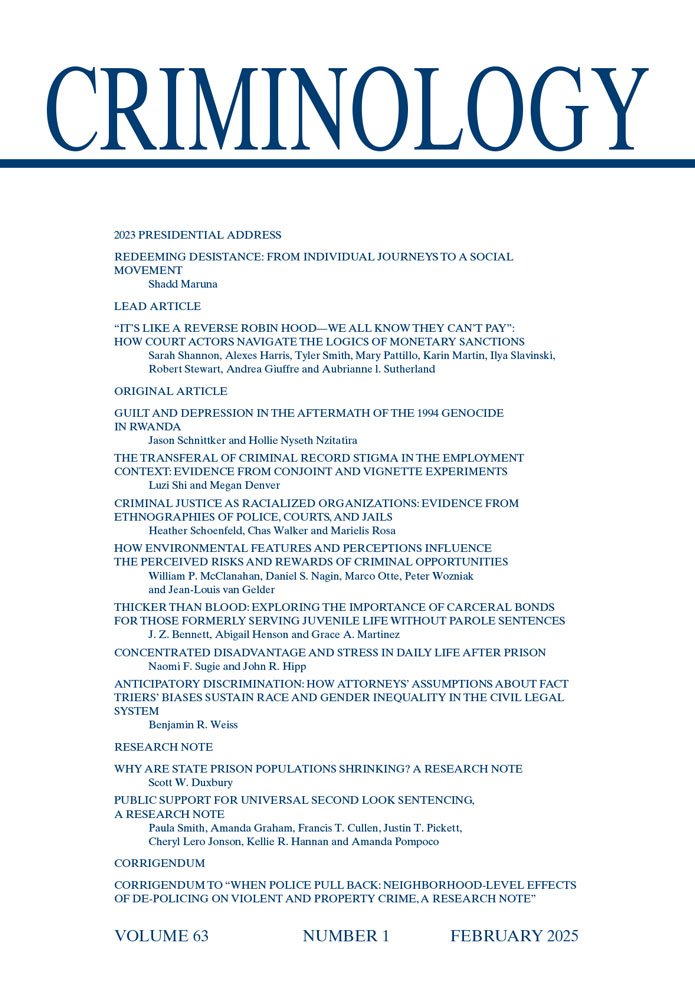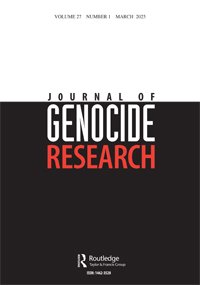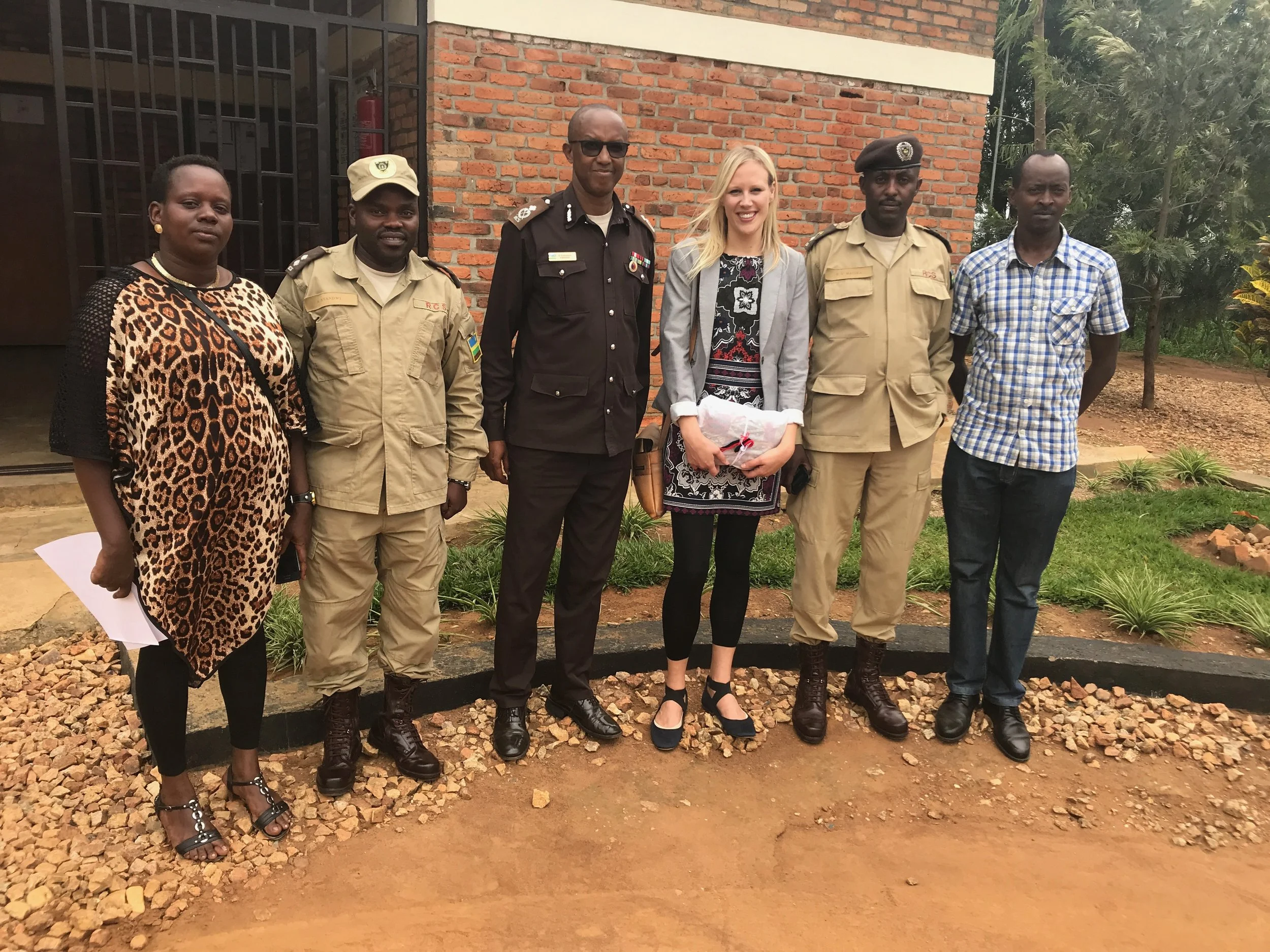Reentry and Reintegration After Genocide: When Rwandans Come Home
In 1994, hundreds of thousands of Rwandans joined killing groups that targeted Tutsi. Such mass civilian participation in genocide resulted in widespread death along with sexualized violence, displacement, and property loss. In the aftermath, a state-implemented court system sentenced roughly 250,000 civilians to prisons and community service camps for their role in the genocide. Now, these individuals are completing their sentences.
This book relies upon 667 interviews—with Rwandans who were incarcerated, their families, and their communities—to explore the process of reentry and reintegration after genocide. What occurs when people who committed genocide return to their communities, especially when these individuals are known for committing genocidal violence? What does successful reintegration after genocide look like, and how do people reintegrate into various aspects of life? How are people who were found guilty of genocide treated by their families and neighbors, and how do they interact with others? Furthermore, how do people convicted of genocide portray themselves? Do they engage in community activities or local politics? Do they reconcile with people they harmed, and if so, how do they understand reconciliation? Finally, how might broader community and state-level factors shape these processes? This book, forthcoming with Oxford University Press, sheds light on the answers to these questions.
Publications below also stem from this project, which was funded by the U.S. National Science Foundation, the National Endowment for the Humanities, and the Notre Dame Institute for Advanced Study. To see me talk about preliminary findings at the United States Institute of Peace and C-SPAN, click here. To read my New York Times op-ed about preliminary findings, click here.

Jason Schnittker and Hollie Nyseth Nzitatira. 2025. “Guilt and Depression in the Aftermath of the 1994 Genocide in Rwanda.” Criminology 63(1):58-88.

Nyseth Nzitatira, Hollie and John Gasana Gasasira. 2024. “Reentry and Reintegration of People Convicted of Genocide in Rwanda.” American Journal of Sociology 129(4):1136-1171.

Nyseth Nzitatira, Hollie, Kammi K. Schmeer, Laura Frizzell, and Eric Ndushabandi. 2024. “Assessing the Wellbeing of Partners of People Found Guilty of Perpetrating Genocide in Rwanda.” Journal of Health Psychology 29(14):1667-1681.

Nyseth Nzitatira, Hollie, Eric Ndushabandi, Mariah K. Warner, and Wes Wislar. 2024. “Considering Person-First Language in Genocide Studies.” Journal of Perpetrator Research 6(2):145-176.

Nyseth Nzitatira, Hollie and Jamie D. Wise. 2024. “Reentry and Reintegration Following Genocide: Emerging Findings from Post-1994 Rwanda.” Chapter 9 in Genocide Studies: Pathways Ahead. Edited by Jeffrey S. Bachman. Rutgers University Press.

Nyseth Nzitatira, Hollie, Kait Smeraldo, and Eric Sibomana. 2023. “Gendered Blame: Narratives of Participation in Genocide.” Feminist Criminology 18(5):379-405.

Shenk-Day, Anneliese, Hollie Nyseth Nzitatira, and Jacob Caponi. 2025. “Intersecting Inequalities After Incarceration for Genocide: Women’s Economic, Social, and Political Reintegration Struggles in Rwanda.” Journal of Genocide Research.

Bryant, Emily, Emily Schimke, Hollie Nyseth Brehm, and Christopher Uggen. 2018. “Techniques of Neutralization and Identity Work Among Accused Genocide Perpetrators.” Social Problems 65(4):584-602.
